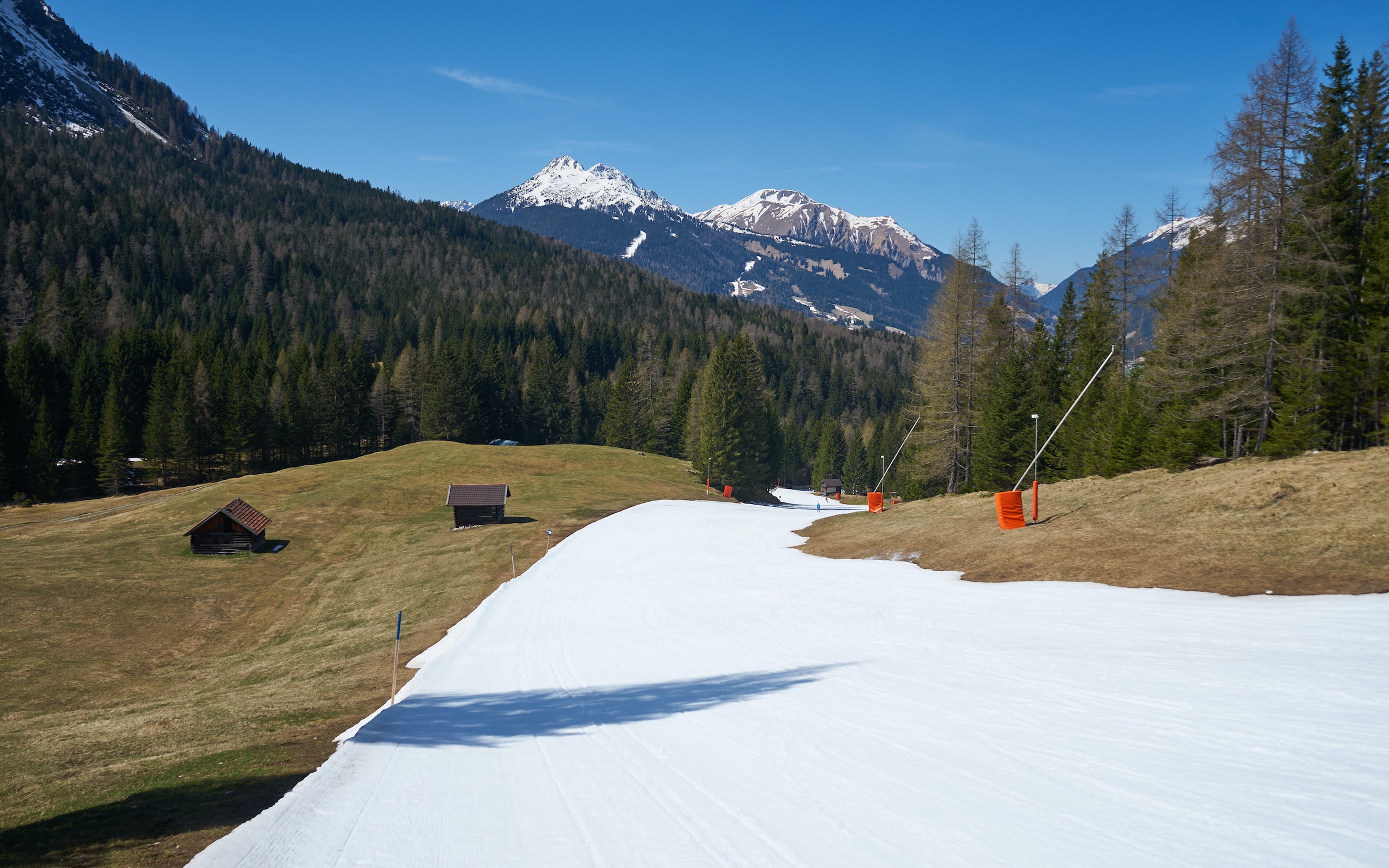The icons of the southern ice sheet, emperor penguins, are a unique animal that everyone associates with the Antarctic. Although they may appear clumsy on land, they are in fact formidable swimmers known to dive to depths of over 500 metres and remain submerged for up to 18 minutes. It is the bird that breeds in the coldest environment of any other bird species, whose social nature brings it to gather in colonies as a way of huddling together and fighting the gruelling temperatures in which they breed. To raise their offspring, emperor penguins require stable sea ice where they gather from April when they arrive, until December when their chicks fledge. One would think that stable ice would be easy to come by in the Antarctic, yet climate change is altering the Antarctic sea ice to such a great extent that coverage in some areas has fallen by over 60% in the last 30 year.
Although changes in sea ice and shelf ice are a normal occurrence that has always caused fluctuations in the number of emperor penguins in any given colony, some colonies are now beginning to disappear entirely. A new study using satellite imagery has shown how the world’s second largest emperor penguin colony, at Halley Bay, has experienced three years of almost complete breeding failure. Until recently, the Halley Bay colony was the second largest in the world, with the amount of breeding pairs varying each year between 14,000 to 25,000: 5-9% of the global emperor penguin population. Such massive failure is unprecedented in this colony’s history, whereby over the last 60 years sea-ice conditions in the Halley Bay site have been stable and reliable.
The recent failure can be traced to the early breakup of the fast ice in the ice creeks that the birds habitually used for breeding. This has led to the nearby Dawson-Lambton colony, 55 km to the south, experiencing a tenfold increase in penguin numbers. The study indicates that this is a direct effect of penguins moving from the Halley Bay colony to more stable ground: a reassuring demonstration of how emperor penguins are able and willing to move to alternative spots when conditions in their habitual breeding grounds are no longer favourable. That said, the growth in the Dawson-Lambton colony doesn’t account for all those missing from Halley Bay and scientists remain apprehensive as Halley Bay was considered a safe spot, due to the extremely cold temperatures and stable ice, thus causing concern for the future of the emperor penguin.
Although the re-location of many of the birds to a more stable breeding ground is encouraging, indicating that penguin colonies will seek alternative sites in response to significant changes in their local environment, it is still predicted that emperor penguin numbers will fall by 50-70% before the end of the century as sea ice conditions continue to change due to climate change. Furthermore, the recent focus on the Halley Bay colony has revealed a valuable instrument in monitoring and understanding these changes: satellite imagery. In fact, the study shows how satellite imagery can play a central role in analysing the effects of climate change on animal populations.





